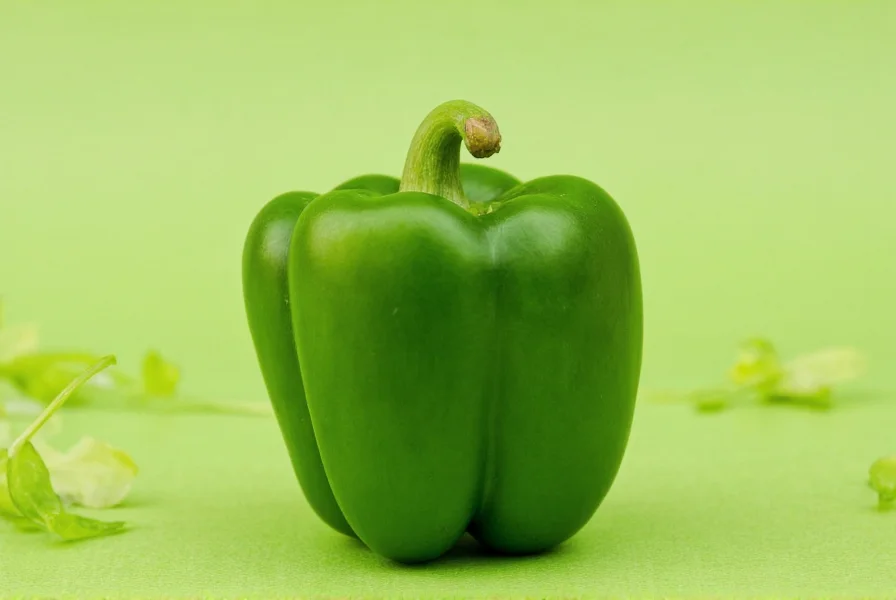Many gardeners and foragers encounter confusion when searching for “grass pepper,” but this term doesn't describe an actual plant species. The correct reference is likely peppergrass (genus Lepidium), a member of the mustard family (Brassicaceae) with over 170 species worldwide. Unlike true pepper (Piper nigrum), peppergrass grows as a low-lying annual or perennial weed with distinctive peppery flavor in its seeds and foliage.
Understanding Peppergrass: Nature's Alternative to Black Pepper
Peppergrass, sometimes mistakenly called “grass pepper,” includes common varieties like Lepidium virginicum (Virginia pepperweed) and Lepidium densiflorum (prairie pepperweed). These hardy plants thrive in disturbed soils, roadsides, and garden edges across North America, Europe, and Asia. Their small white flowers develop into round seed pods containing tiny black seeds that deliver a sharp, peppery kick when crushed.
Key Differences Between Peppergrass and Black Pepper
| Characteristic | Peppergrass (Lepidium) | Black Pepper (Piper nigrum) |
|---|---|---|
| Plant Type | Herbaceous weed (Brassicaceae family) | Vining perennial (Piperaceae family) |
| Origin | Native to temperate regions worldwide | Native to South India |
| Edible Parts | Seeds, leaves, roots | Peppercorns (dried fruit) |
| Flavor Profile | Sharp, mustard-like heat | Warm, pungent, complex |
| Culinary Use | Salads, pesto, spice rubs | Universal seasoning |
Culinary Applications of Peppergrass
Foragers and chefs utilize peppergrass in several creative ways. The young leaves work well in spring salads, offering a milder alternative to arugula. When harvesting peppergrass seeds for homemade spice, collect the mature seed pods in late summer, dry them thoroughly, then crush to release the tiny black seeds. These make an excellent substitute for black pepper in:
- Homemade mustards and vinaigrettes
- Rub blends for grilled meats
- Traditional European pesto variations
- Infused vinegars with distinctive heat
Growing Peppergrass in Your Garden
While many consider peppergrass a weed, intentional cultivation offers benefits for low-maintenance edible landscaping. The plants tolerate poor soils and require minimal care once established. For best results when growing peppergrass as a companion plant:
- Plant seeds directly in early spring after last frost
- Choose sunny locations with well-drained soil
- Space plants 6-8 inches apart for optimal growth
- Water moderately during dry spells
- Harvest leaves continuously to encourage new growth

Safety Considerations and Proper Identification
Before harvesting wild peppergrass, proper identification is crucial. Differentiating peppergrass from toxic look-alikes requires attention to these key characteristics:
- Four-petaled white flowers arranged in clusters
- Round seed pods (silicles) rather than elongated pods
- Distinct peppery aroma when leaves or seeds are crushed
- Basal rosette of leaves in first year of growth
Historical Significance and Modern Revival
Peppergrass earned its nickname “poor man's pepper” during colonial times when imported black pepper remained expensive. Early American settlers and indigenous communities used it extensively as a traditional medicinal plant for digestive issues. Modern foraging enthusiasts have revived interest in this versatile plant, recognizing its value in sustainable food systems and wildcrafting practices. Contemporary chefs increasingly feature peppergrass in farm-to-table restaurants, highlighting its unique flavor profile and local availability.
FAQs About Peppergrass
Is peppergrass the same as black pepper?
No, peppergrass (Lepidium species) belongs to the mustard family and grows as a low-lying weed, while black pepper comes from the Piper nigrum vine. Though both deliver peppery flavors, they're botanically unrelated with different growing requirements and culinary applications.
Can I use peppergrass as a substitute for black pepper?
Yes, crushed peppergrass seeds make an excellent black pepper substitute with a sharper, more mustard-like heat. Use approximately 1.5 times the amount of peppergrass seeds compared to black pepper, as their flavor is slightly less intense. The seeds work particularly well in salad dressings and spice rubs.
Where can I find peppergrass growing wild?
Peppergrass commonly grows in disturbed soils including roadsides, abandoned lots, garden edges, and agricultural fields. Look for it in full sun to partial shade locations with well-drained soil. The best time to identify it is during flowering (spring to early summer) when its small white flowers and distinctive seed pods are visible.
Are all parts of the peppergrass plant edible?
Yes, all parts are edible but with different flavor profiles. The young leaves offer a mild peppery taste suitable for salads, mature leaves become more pungent, seeds deliver the strongest pepper flavor, and roots have a horseradish-like bite. For the best culinary experience, harvest young leaves in spring and seeds in late summer.
How do I properly store harvested peppergrass seeds?
After harvesting peppergrass seed pods, spread them in a single layer on a paper towel in a cool, dark place for 1-2 weeks until completely dry. Once dry, rub the pods between your hands to release the tiny black seeds. Store the seeds in an airtight container away from light and heat. Properly stored peppergrass seeds maintain their flavor for 6-12 months.











 浙公网安备
33010002000092号
浙公网安备
33010002000092号 浙B2-20120091-4
浙B2-20120091-4